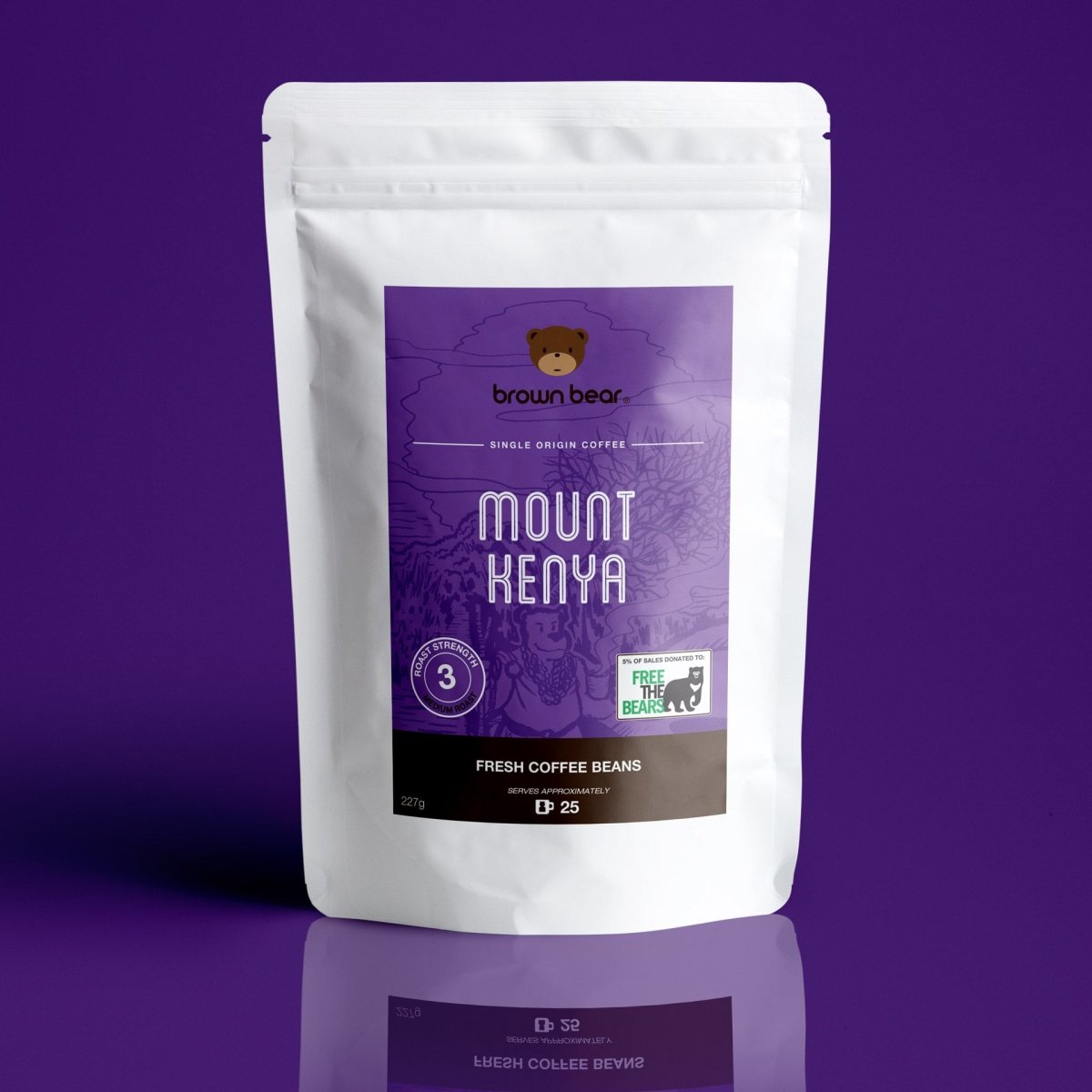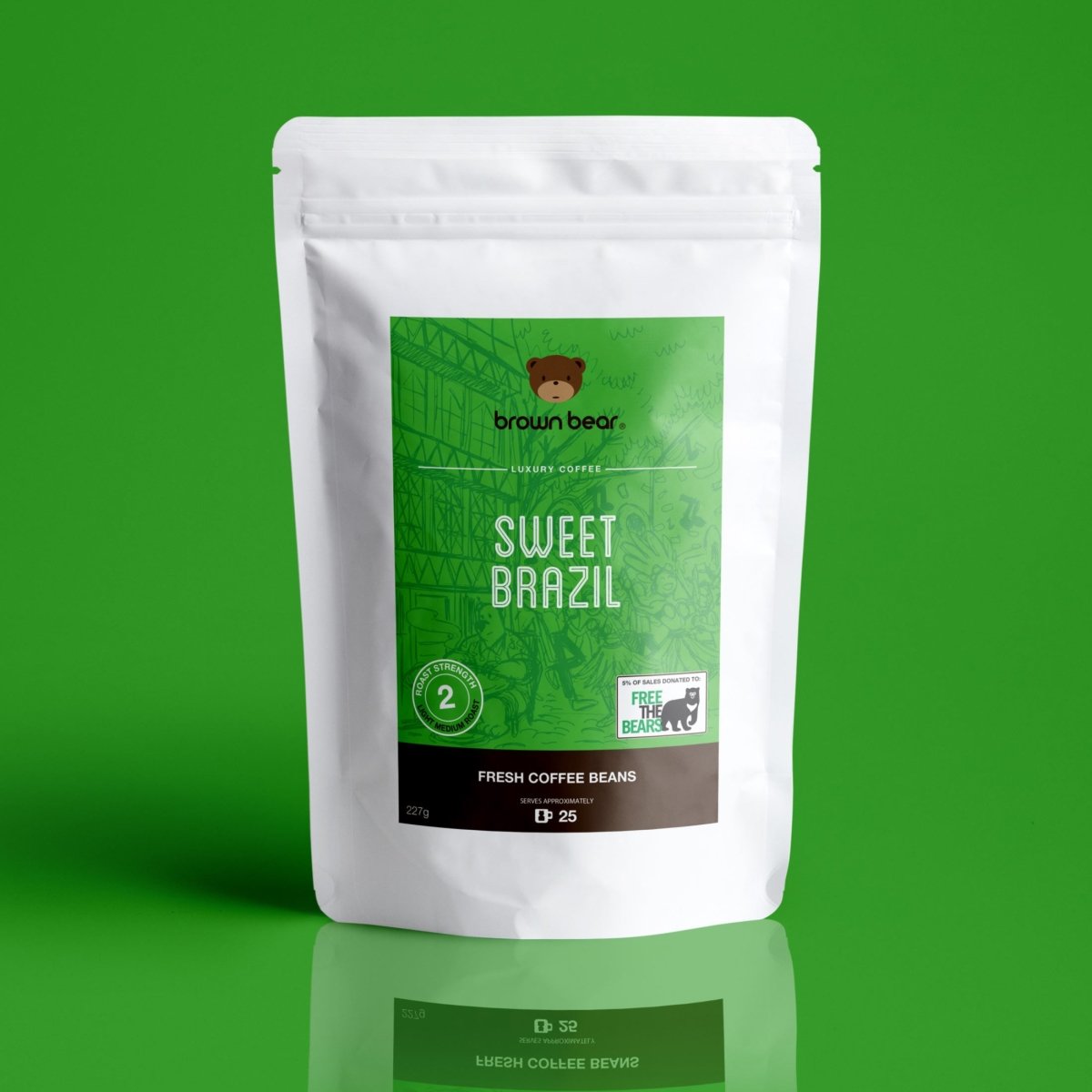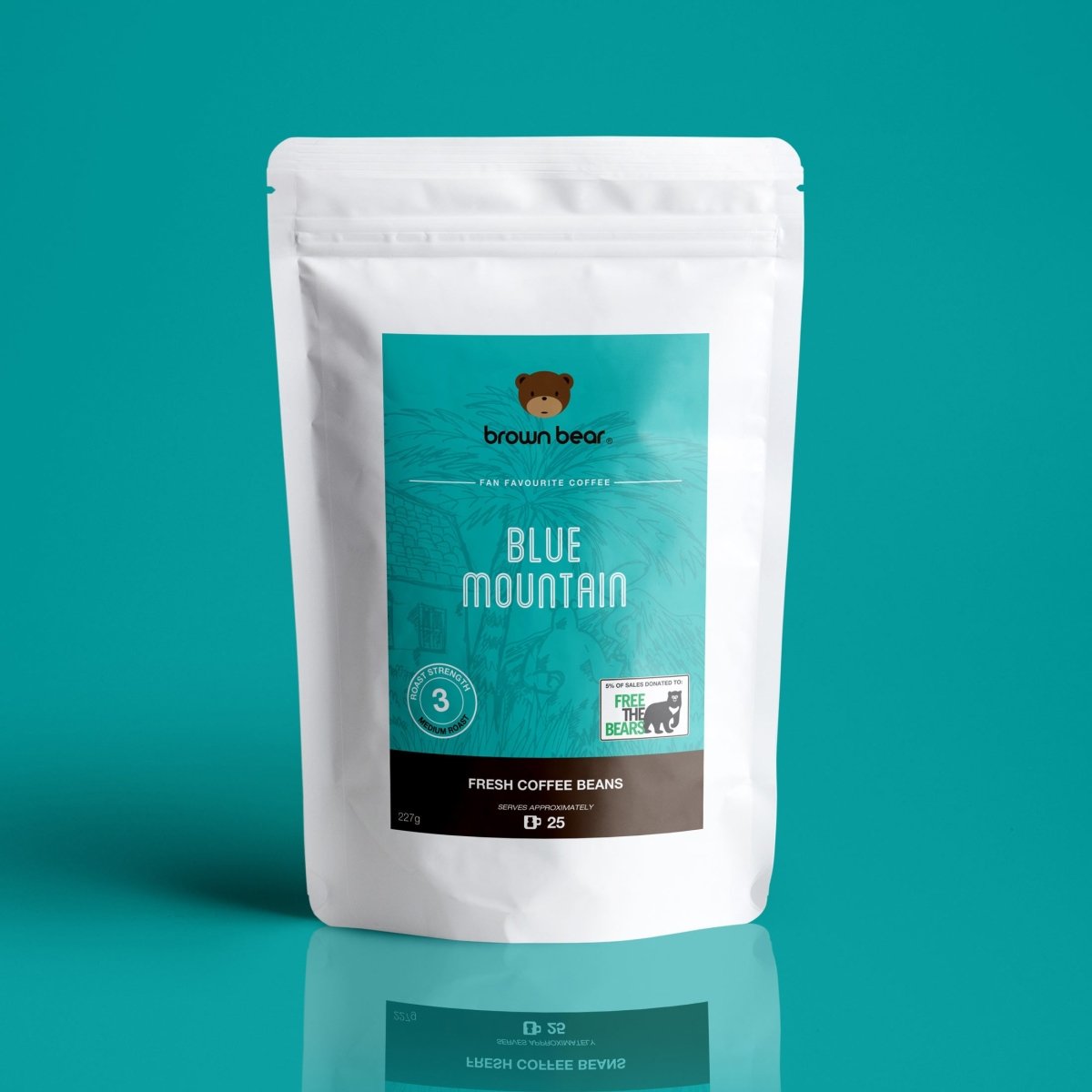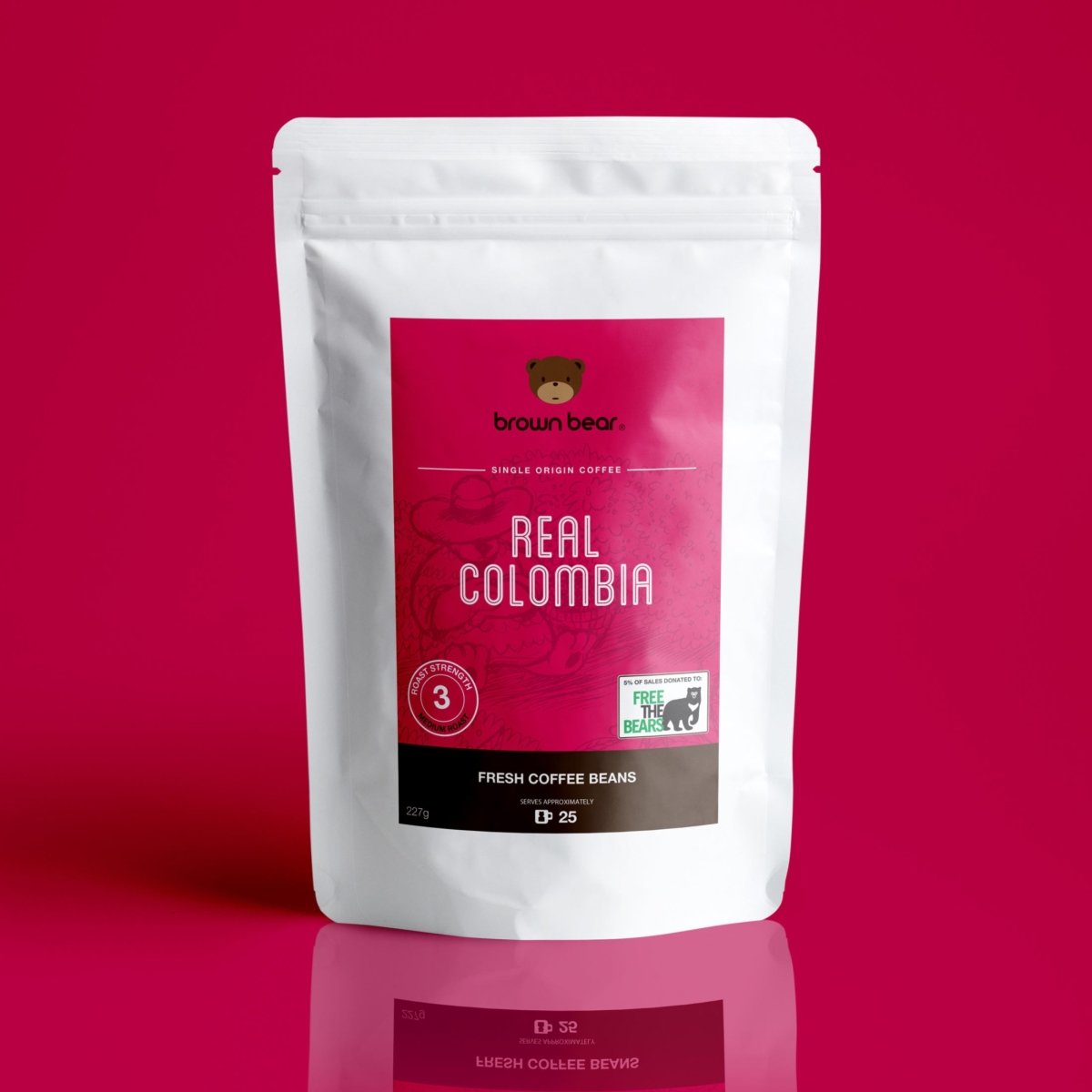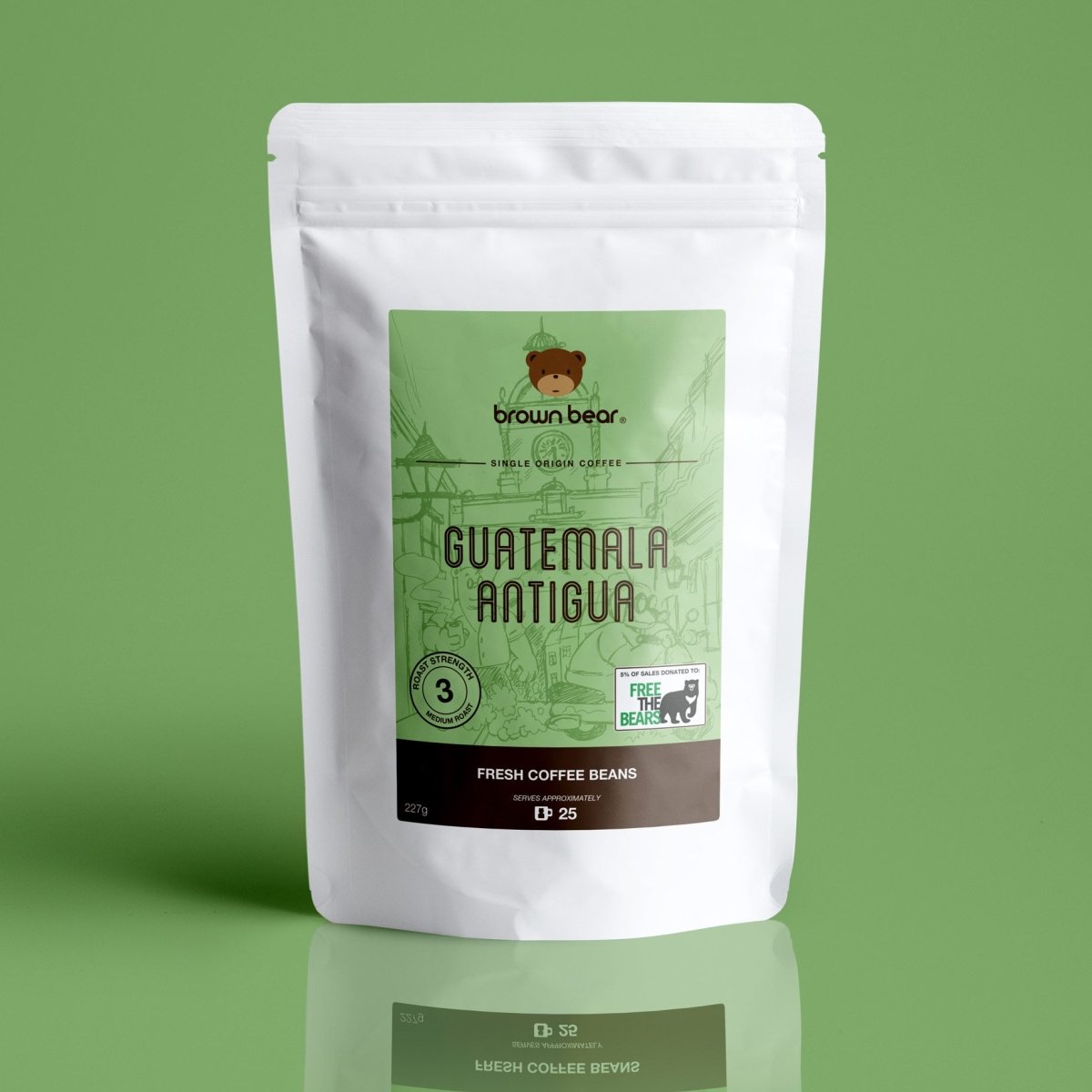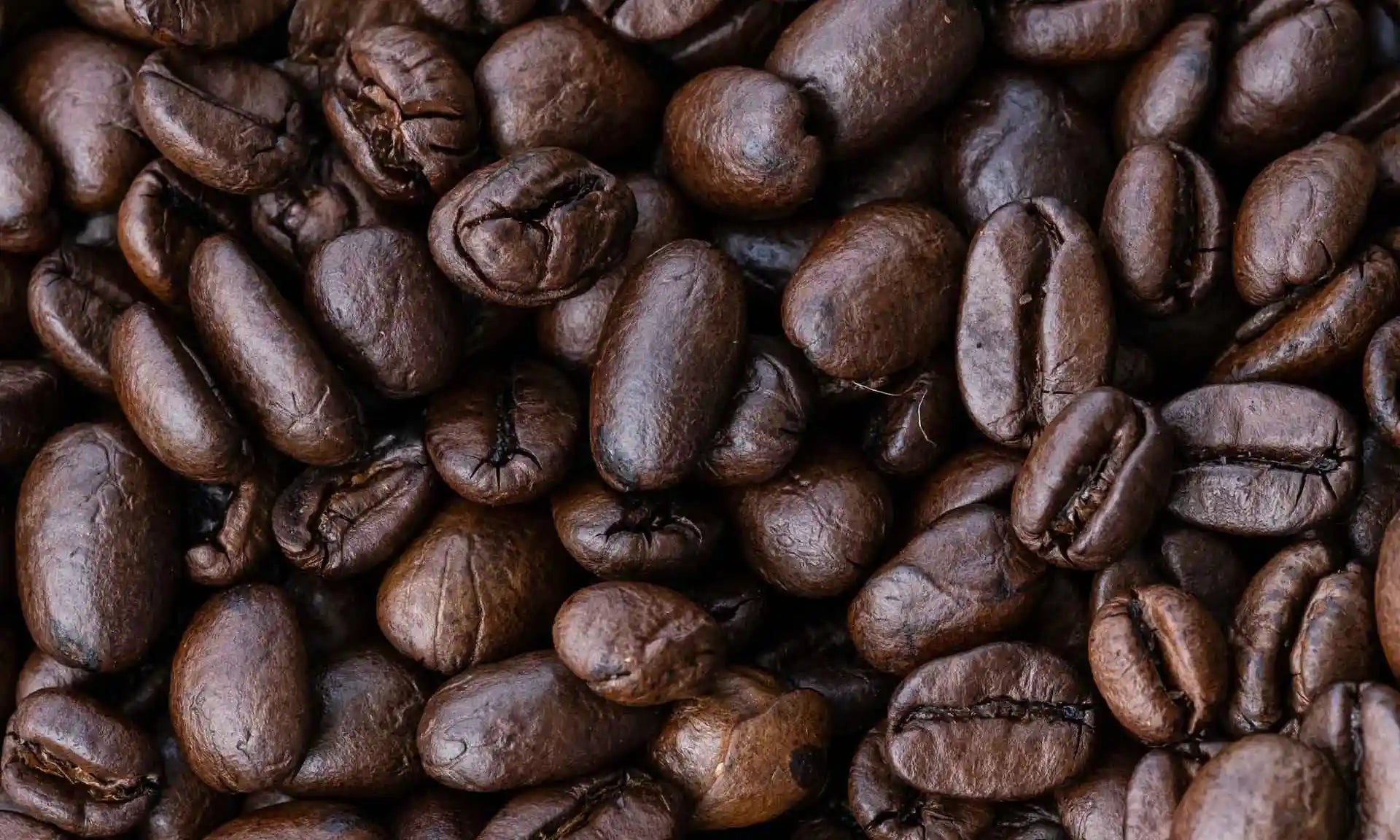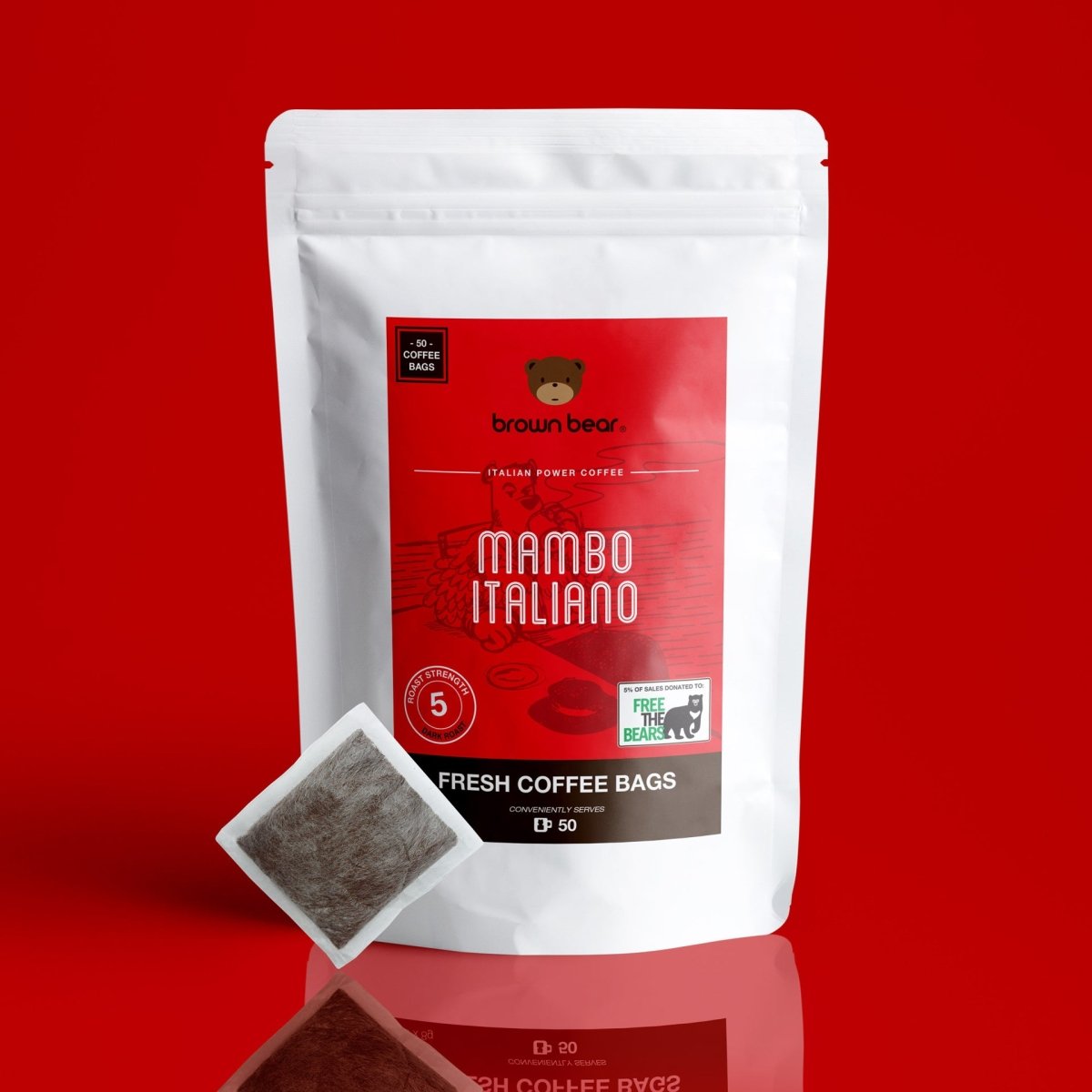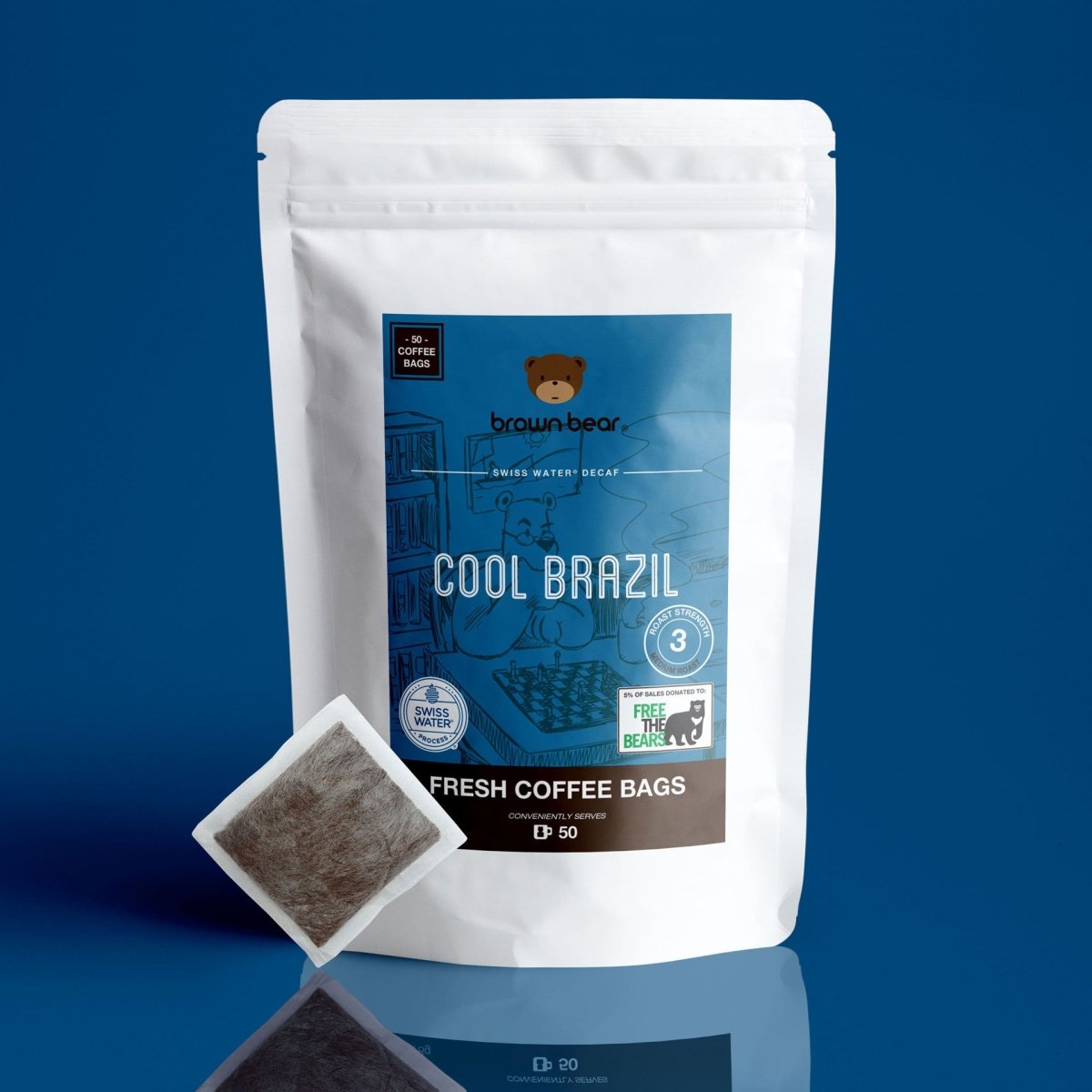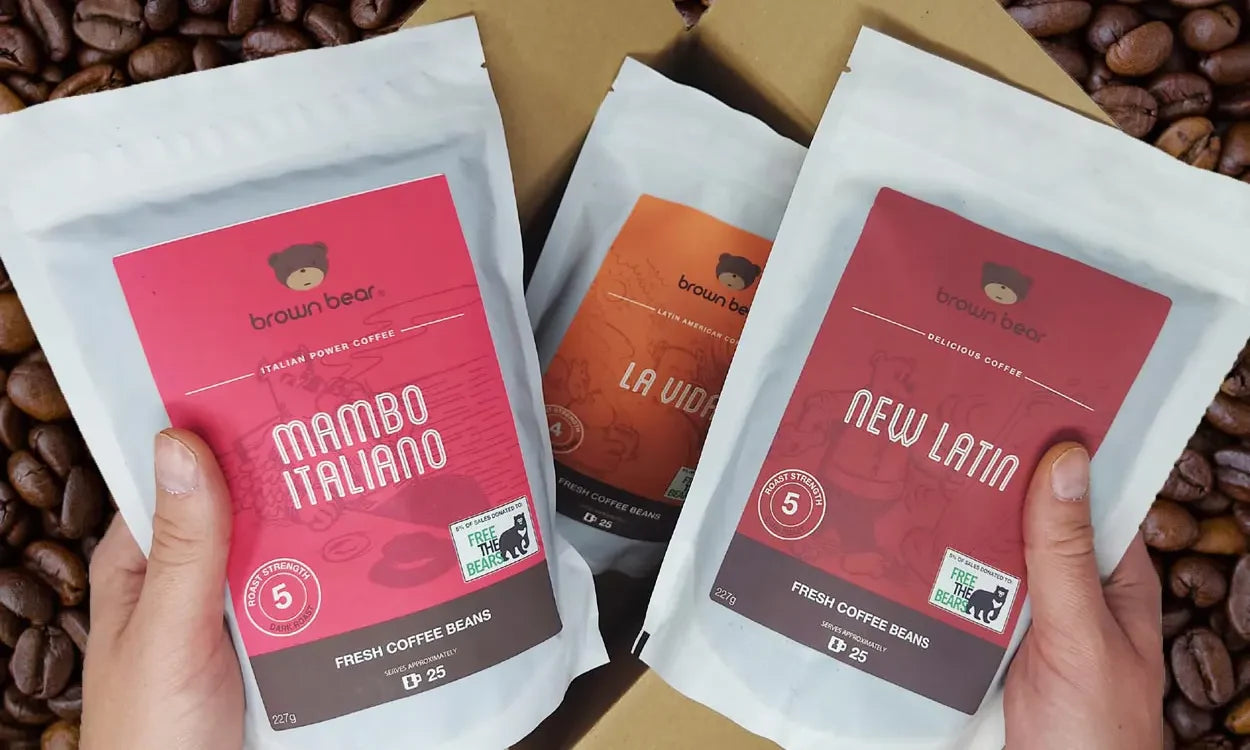This is a little coffee guide to coffee grown in Angola, Burundi, Cameroon, Congo, Ethiopia, Ivory Coast, Kenya, Madagascar, Malawi, Rwanda, South Africa, Tanzania, Uganda, Zambia, and Zimbabwe.
Angolan Coffee
Back in the 1970s, Angolan coffee was a name to be reckoned with. It was the fourth largest producer of coffee in the world – 98% of which was fine quality robusta. Yet by the 1990s, thetotal production of this strife-torn country had declined to just 200,000 bags.The best-known coffee-producing names from the past are Ambriz, Amboim, and Novo Redondo, which were renowned for their consistent quality. In recent years, the government, with the help of international agencies and the UN, has been working to re-establish the country's coffee industry. Following decades of war between the government and the UNITA rebel forces, moves are under way to resettle coffee farmers displaced by the conflict and encourage production.
Burundian Coffee
Burundi has one of the most diverse and, in its own way, one of the most successful coffee industries. Coffee trees were introduced by Belgian colonists as recently as 1930, and the coffee is grown on an estimated 800,000 small, traditional farms. As is the case in most East African origins, Burundi's 35,000 tons of coffee production is sold mostly by auction; although there is some direct sale. Around 96 percent of the coffee produced here is of arabica beans, and the trees in Ngozi are grown at altitudes of more than 4,000 feet. The coffee has excellent acidity and a very full aroma and the country's main export specialty coffee is called "Ngoma," meaning drum, highlighting the rich musical heritage of the origin.
Cameroonian Coffee
Arabica trees were first cultivated in the Cameroon in 1913 with arabica typica coffee, but nowadays produces large quantities of robusta coffee much of which is grown on the Western Highlands. The best Cameroonian coffee coming from Bamileke and Bamoun in the northwest of the country. There is also some production of elephant bean and peaberry, but most of the country's crop is mainly used for blending or for instant coffee production and there is little single origin coffee available.
Congolese Coffee
The best Congo coffee is grown in the northeast the country, especially in the provinces of Oriental and Kivu, and these areas used to produce some of the best peaberry and elephant beans. When it can be found, Congo coffee produces an ideal balance of acidity, body, and aroma. Top-quality coffee from the country has, sadly, been unpredictable and difficult to export due to war and civil strife. However, with greater stability in the country, there is more and more top quality arabica and robusta beans being exported.
Ethiopian Coffee
The arabica coffee tree originated in Ethiopia where it grew wild and continues to do so. In fact, the name "coffee" derives from the Ethiopian region of Kaffa. Many coffee trees still grow in the wild, producing coffee with a somewhat winy flavour and a heavy body. Man's cultivation of the coffee tree is thought to date back to the ninth century, although who was responsible, how, and why remain mysteries. Local legend has it that coffee was first used by monks who needed to stay awake at night to pray. Another legend tells the famous story of Kaldi, a goat herder who was amazed at watching his goats dance and jig when they consumed coffee cherries.
Today, Ethiopia is a significant producer, and quality Ethiopian coffees are among the most unique in the world and definitely worth seeking out. Around a million Ethiopians are dependent on the coffee industry and Ethiopia is Africa's major exporter of arabica beans. The country also has a strong tradition of coffee drinking, unlike most of the other African origins, and the local population consumes a good proportion of Ethiopia's excellent production. Indeed, the Ethiopian coffee ceremony is world famous and a must see on a visit to Ethiopia. Domestic consumption of coffee is the highest in Africa, and in the countryside it is often drunk with a herb known as tenadam, which means "health of Adam." The green beans are roasted over a fire, then pounded with the herb; the whole concoction is then brewed and drunk from very small cups as an accompaniment to a small pancake.
It is not easy to describe Ethiopian coffee. The flavour is not punchy or intense, nor does it have the acidity that one looks for in, for example, a Kenyan coffee. It should not be high roasted or it will lose its character. Good Ethiopian stands comparison with the finest coffees from anywhere, and the best, washed arabica beans are some of the best in the world. All kinds of cultivation are found, from wild forest-grown trees and semi-developed plots, to traditionally run small plots and modern plantations. Approximately 50 percent of production is grown at more than about 5,000 feet above sea level.
A name to look out for is Harrar, for the coffee from this area is among the highest grown of all. Coffee from Harrar is classified as Shortberry and Longberry, and the Longberry is the most keenly sought. It has a soft, winy, almost gamey flavor with a memorable aroma, and it is lightly acidic. Another famous name is Djimmah where coffee grows wild at more than 4,000 feet and is sold as Limu and Babeka. Coffees from Sidamo, in the center of the country, which are marketed as Yirgacheffe, and from Lekempti, which have a particularly unique and special cup profile are must-tastes. Do not be put off by the appearance of beans from Djimmah and Sidamo, which must be among the least attractive of beans, they are also often very high quality.
Ivory Coast Coffee
The Ivory Coast has never been a producer of the finest quality coffee and little of its output comes from arabica trees, yet in the early 1980s, it was the third largest producer in the world, with 5 million bags a year. After several years of civil war in the 2000s, production slumped to just over 2 million bags annually due to civil unrest, lack of investment and the age and decline productivity of Ivorian coffee trees. 80 percent of Ivory Coast coffee is exported to Europe and if you drink a mass-market coffee, it is more than likely to contain Ivorian robusta coffee beans.
Kenyan Coffee
Almost everyone who works in the coffee industry rates Kenyan coffee as one of their favourites. Known as the “pinot noir of coffee”, Kenyan coffee has everything you could want from a good cup of coffee: a wonderfully satisfying aroma, a fine balance of acidity and body, and excellent plummy fruit flavours. Sadly, in recent years production has fallen and the liberalization of the market has done little to maintain the origin's distinctive quality. The tragic rise and fall of Kenyan coffee is obvious from the figures. In 1970, exports totalled 800,000 bags; by 1986, that figure had peaked at 2 million bags; by 2005 production was back to 1 million bags.
Coffee was introduced to Kenya in the nineteenth century, when Ethiopian coffee was imported into the country via South Yemen. It was not until the early twentieth century, however, that bourbon trees were introduced by the St. Austin Mission. Most Kenyan coffee grows at 5,000 to 7,000 feet and there are two harvests each year. There may be as many as seven passes through the trees to ensure that only the mature berries grown are taken when they are ripe ensuring consistently great quality coffee.
The coffee is small holder farmers, who deliver fresh cherries to cooperative washing stations, which then deliver the parchment coffee to cooperative unions. All the coffee is pooled, so no estate-grown coffees are available, and the producer is paid the average price realized for each appropriate quality. All the coffee beans are sold at weekly auctions, although at this stage they are still ungraded. The auction house holds the coffee samples and sends them out so that the buyers can judge the price and the quality. The best classifications are: PB, Peaberry; then AA Plus- Plus, AA Plus, AA, AB, and so on down the scale.
Madagascan Coffee
Madagascar is mainly a producer of high quality robusta coffee beans, accounting for around 90 percent of coffee production, but in recent years, the local coffee industry has been increasing its production of arabica. Total production is high, at around 425,000 bags annually, however the domestic consumption is also relatively high, so much of it is consumed internally and exported to neighbouring countries for consumption. France is the main international export market.
Malawian Coffee
The product of the former British protectorate of Nyasaland, Malawi's coffee is grown in the highlands along the shores of Lake Malawi, which runs the length of this small, landlocked country. Malawi's main branded export coffee is called Mzuzu, and the country's arabica described in terms similar to those used for Rwanda: it has asoft, rich flavour, with medium acidity.
Rwandan Coffee
Rwandan coffee production, in the form of washed arabica beans, was of extremely high quality, and the industry was notable until the 1990s, when civil war and genocide resulted in the complete breakdown of society. Fortunately, following these terrible times, the coffee industry has been a way both to rekindle the economy and to give the survivors of the genocide a new purpose. Rwanda's coffee has come back with strong quality, thanks to the drive of the local growers and assistance from NGOS. Maraba is one of the best-known regions and produces an excellent example of the country's arabica. The flavour of the coffee has been as grassy," a characteristic derived from the tropical climate and rich soil.
South African Coffee
Not many people know that South Africa is a coffee producer. Coffee production in South Africa is concentrated in the northeast of the country in Natal, between Lesotho and Mozambique, and further north in Transvaal. Further south, the danger of frosts makes coffee production impossible. The trees originated in Kenya and the quality is excellent and pleasingly fragrant and acidic. In 1975, only about 400 acres were planted with coffee trees, but more coffee is now in cultivation, though almost all of it is consumed internally in South Africa.
Tanzanian Coffee
Coffee is an important part of the Tanzanian economy and Tanzanian coffee has been much better appreciated in recent years as production in neighbouring Kenya has declined. Generally speaking, coffee from Tanzania has a bright, sharp character, which gives a wonderfully full-bodied cup, with a superb fragrance. In the past, the industry was dominated by estate-grown coffees, but now more than 90 percent is produced by smallholders, many of whom are organized into cooperatives. Coffees are often branded Kilimanjaro or Kibo and grades are similar to those in Kenya, with AA being at the top, and PB denoting peaberry coffee.
Ugandan Coffee
Uganda produces just 10% arabica, but the arabica that Uganda does produce is well worth looking out for. The best of the coffee is grown in the northeast, in the area of Mount Elgon and Bugisu, and in the west, near Mount Ruwensori. The equator passes through Uganda, and the resulting climate has made this country one of the world's main producers of robusta beans. In the 1960s, coffee production stood at 3.5 million bags per year, but, due to political problems and coffee wilt disease, production in Uganda declined significantly by the 1980s. However, coffee production has risen again at over 3 million bags. The lack of good roads between the coffee-producing areas and the ports of Mombasa, in Kenya, and Dar es Salaam, in Tanzania, has been a major problem for the industry. As a result, transportation of coffee for export often must be handled by rail.
Zambian Coffee
Coffee was brought to Zambia from Kenya in the early twentieth century, but Zambia has only become a fairly recent exporter of coffee. It used to produce 10,000 tonnes annually in the early 2000s, but has declined to 3,000 tonnes a year, though more of this is higher quality than previously. The top quality Zambian coffees are good tending to excellent with a taste similar to Kenyan coffee. Grown in two areas in the north around Kasama, in the Nakonde and Isoka districts, and near the capital, Lusaka, names to look out for include Munali Estate, Chisoba Estate, Nanga Farms, and Mutuwila Estate.
Zimbabwean Coffee
Coffee cultivation in Zimbabwe began relatively recently when farmers from South Africa established coffee plantations in Zimbabwe in the 1960s. Production is concentrated in the country's Eastern Highlands, in the Manicaland and Mashonaland provinces near to the border with Mozambique. The main growing area is around the town of Chipinge, at the southern end of the Eastern Highlands. Zimbabwe’s well documented tumultuous political and civil strife over many decades has affected Zimbabwean coffee production. In general, Zimbabwean coffee is similar to Kenyan coffee and offers a soft, clean, fruit taste.



